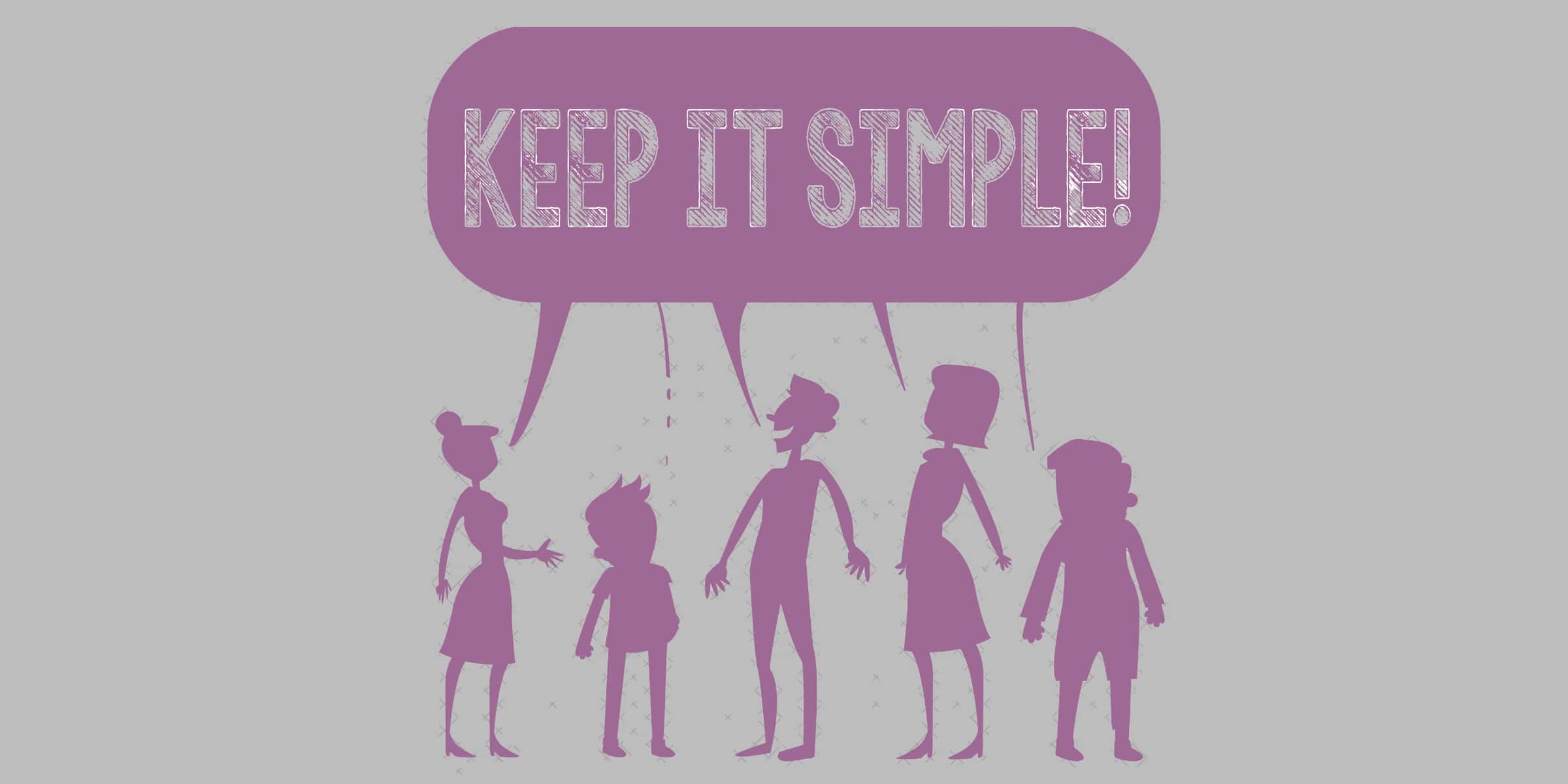Have you ever been part of a change management process that left you feeling confused and uncertain about what was happening? Maybe you weren’t sure what your role was, or why the change was even necessary. If so, you know how frustrating it can be when clear communication is lacking.
Clear communication is essential for successful change management. It’s the glue that holds everything together, ensuring that everyone is on the same page and working toward the same goals. Without it, change can quickly become chaotic and unproductive.
In this article, we’ll explore the importance of clear communication in change management, and how it can help you build trust, consistency, and commitment among your team. We’ll also discuss strategies for effective communication, so you can ensure that your change management process is a success.
The Role of Communication in Successful Change Management
Without effective messaging, the chances of a transformational initiative reaching its full potential are slim to none, leaving stakeholders feeling frustrated and disengaged. Communication barriers are often the root cause of failed change management efforts.
A lack of clear and concise messaging can lead to misunderstandings, confusion, and resistance from stakeholders. To overcome these barriers, transparency is key.
When stakeholders are informed and understand the why behind the change, they are more likely to support the initiative. Clear communication allows for expectations to be set, questions to be answered, and concerns to be addressed.
This level of transparency builds trust and fosters a culture of open communication. The benefits of transparency extend beyond the initial change management effort.
When stakeholders feel heard and valued, they are more engaged and invested in the company’s success. This can lead to increased productivity, improved morale, and a stronger overall company culture.
Effective communication is not just important for change management, but for the long-term success of any organization.
Building Trust and Commitment through Clear Communication
By effectively conveying information and keeping stakeholders informed, leaders can establish a foundation of trust and gain commitment to the initiative, ultimately leading to a 47% increase in successful change implementation.
Active listening and open dialogue are crucial in building trust and commitment through clear communication. Leaders must listen attentively to the concerns and suggestions of stakeholders, and foster an environment where dialogue is encouraged and valued. This allows stakeholders to feel heard and understood, which in turn builds trust and buy-in for the change initiative.
Transparency and honesty are also important components of clear communication in change management. Leaders must be transparent about the reasons for the change, the goals and objectives, and the steps that will be taken to achieve them. They must also be honest about any potential challenges or drawbacks of the change, and how these will be addressed. This helps stakeholders to understand the rationale behind the change and to feel that they are part of the process, rather than being kept in the dark.
In summary, building trust and commitment through clear communication is essential for successful change management. By actively listening to stakeholders, fostering open dialogue, and being transparent and honest, leaders can establish a foundation of trust and gain buy-in for the change initiative. This not only increases the likelihood of successful implementation, but also creates a positive and collaborative culture that supports future change efforts.
Ensuring Consistency with Effective Communication
To ensure consistency in your messaging and avoid confusion among stakeholders, it’s crucial to communicate effectively throughout the entire change process. One important aspect of effective communication is message framing. This involves carefully crafting messages to ensure they are clear and consistent, and that they resonate with your audience. By taking the time to frame your messages effectively, you can help ensure that everyone is on the same page and working towards the same goals.
Another key aspect of effective communication is identifying and addressing communication barriers. These can include language barriers, cultural differences, and even personal biases. By being aware of these barriers and taking steps to address them, you can help ensure that your messages are received and understood by everyone involved in the change process. This can help prevent misunderstandings and ensure that everyone is working together towards a common goal.
Overall, effective communication is essential for ensuring consistency in your messaging throughout the change process. By framing your messages carefully and addressing communication barriers, you can help ensure that your messages are received and understood by everyone involved. This can help build trust and commitment, and ultimately lead to a successful change management effort.
So take the time to communicate effectively, and you’ll be on your way to achieving your goals.
Mitigating Resistance to Change through Communication
You may feel overwhelmed by the challenges of navigating resistance to change, but by breaking down communication barriers and fostering understanding, you can create a supportive environment that encourages positive growth and progress.
Resistance factors can arise from a variety of sources, such as unclear expectations or fears of losing job security. It’s important to address these concerns head-on and provide clear, honest communication through various communication channels.
To mitigate resistance to change, it’s crucial to identify potential obstacles and plan accordingly. This may involve conducting surveys or focus groups to gain insights into employee concerns or hosting town hall meetings to encourage open dialogue. By creating a safe space for employees to voice their thoughts and concerns, you can address any miscommunications or misunderstandings before they escalate.
Effective communication channels vary depending on the situation, but some common methods include in-person meetings, email updates, and project management tools. It’s important to use a variety of channels to ensure that everyone is on the same page and has access to important information.
By proactively communicating with employees and stakeholders, you can build trust and foster a culture of cooperation that supports successful change management.
Strategies for Effective Communication in Change Management
If you want to navigate change successfully, understanding effective communication strategies is key to ensuring your team remains cohesive and productive during times of transition.
Active listening is one such strategy that can help you facilitate clear communication. Rather than simply hearing what others are saying, active listening involves fully engaging with them, asking clarifying questions, and demonstrating empathy. This helps you to gain a deeper understanding of their perspectives, needs, and concerns, which in turn can help you to better address them.
Another effective communication strategy is the use of feedback loops. This involves regularly checking in with your team to ensure that they are understanding and adapting to the changes that are occurring. Feedback loops can take many forms, such as one-on-one meetings, group discussions, or surveys. The key is to create a safe environment where team members feel comfortable sharing their thoughts and concerns.
By actively seeking out feedback and addressing any issues that arise, you can help to build trust and transparency within your team. Incorporating these communication strategies can help you to navigate change more effectively and ensure that your team remains productive and engaged throughout the process.
By actively listening to your team members and creating feedback loops, you can gain a deeper understanding of their needs and concerns, and address them in a timely and effective manner. Ultimately, clear communication is the key to successful change management, and by prioritizing it, you can help to build a cohesive and resilient team that’s ready to face any challenge.
How Does Clear Communication Play a Role in Agile Change Management?
Clear communication is the backbone of successful agile change management. The importance of agile communication management lies in ensuring that all team members are on the same page, reducing misunderstandings, and enabling faster decision-making. This enhances the efficiency and effectiveness of the change process, ultimately leading to better outcomes.
Conclusion
So, you’ve learned about the importance of clear communication in change management. But let’s be real, who needs clear communication anyway? It’s not like change is difficult or stressful or anything. And who cares about building trust and commitment, or ensuring consistency? Let’s just wing it and hope for the best!
Just kidding. Clear communication is absolutely crucial in change management. It can make the difference between a successful transition and a complete disaster.
So, if you’re feeling brave, go ahead and ignore all the advice about communication. But if you actually want your change management efforts to be effective, take the time to communicate clearly and consistently with your team. Trust us, it’s worth it.





